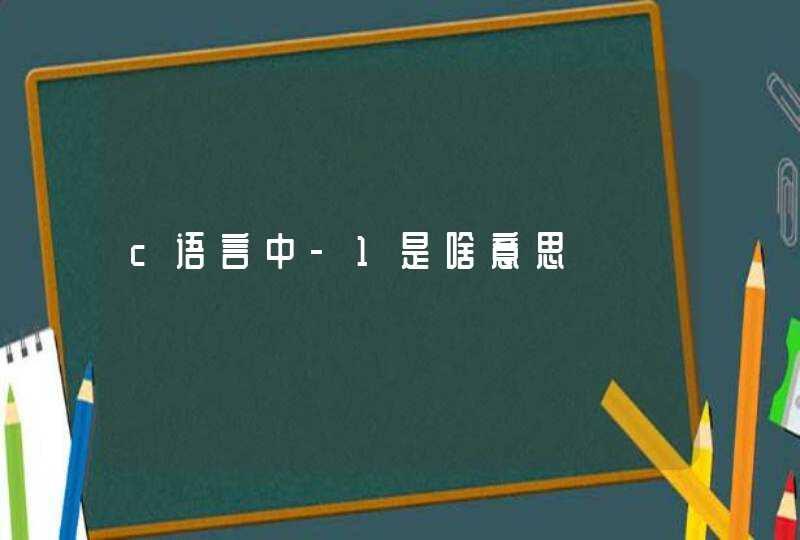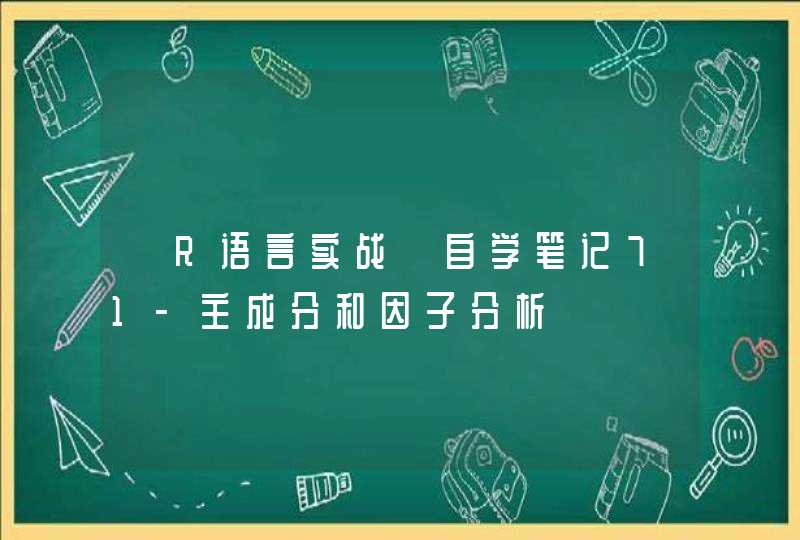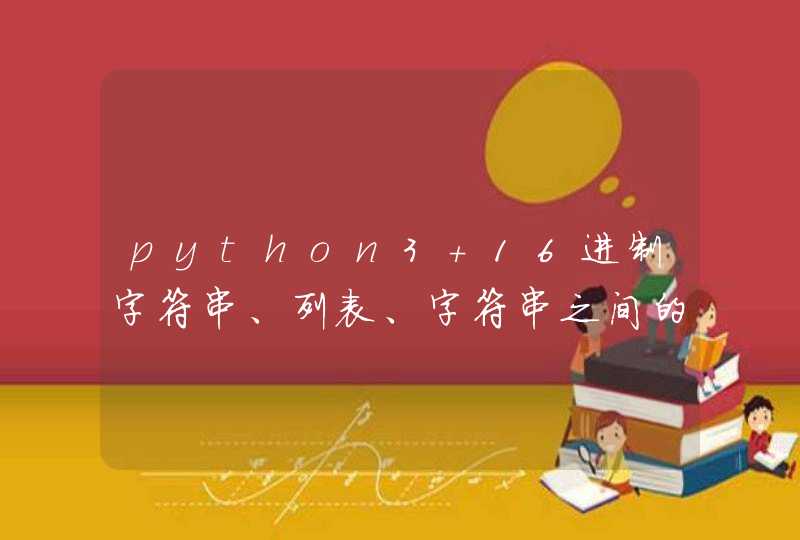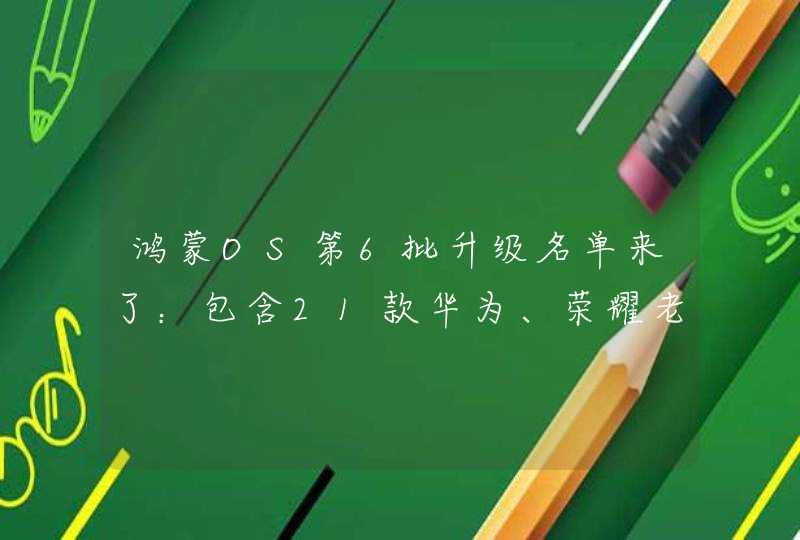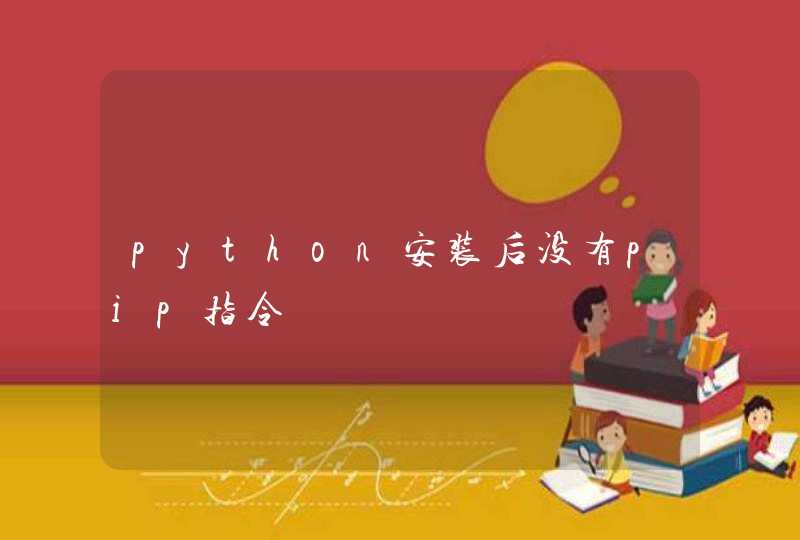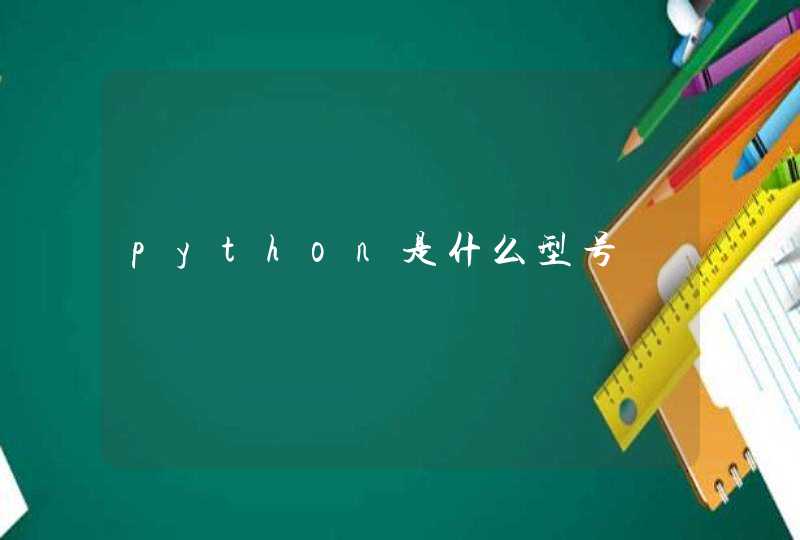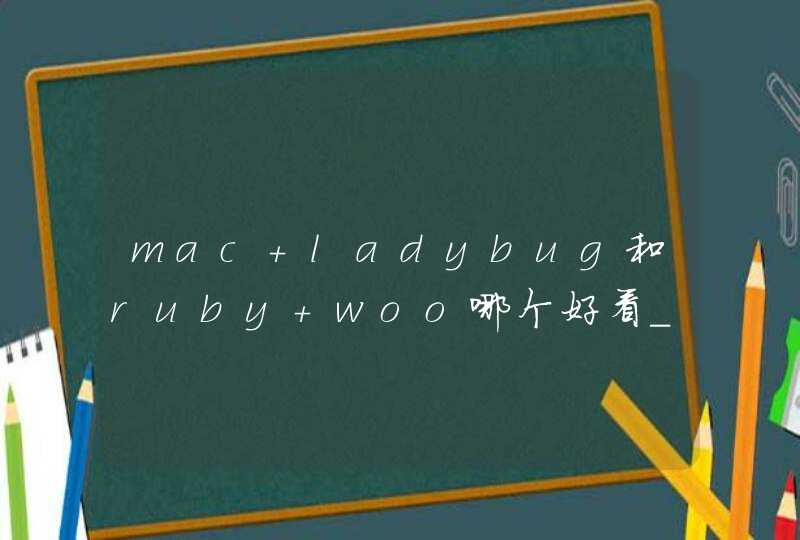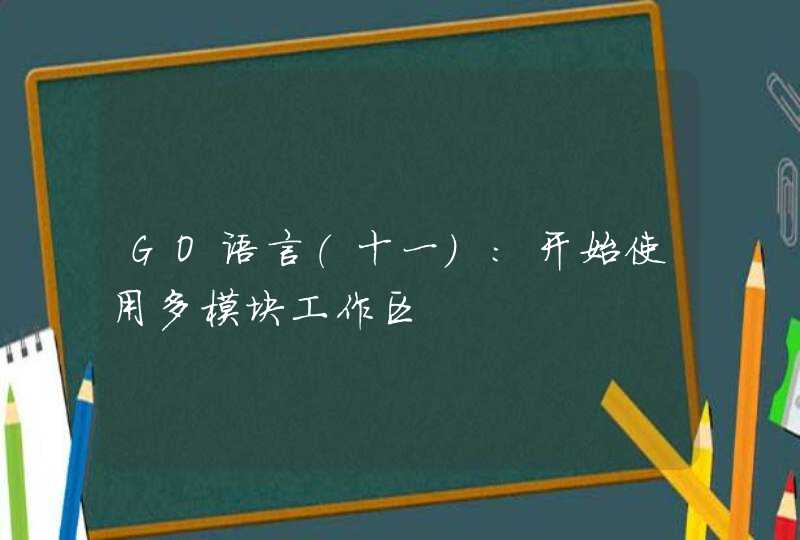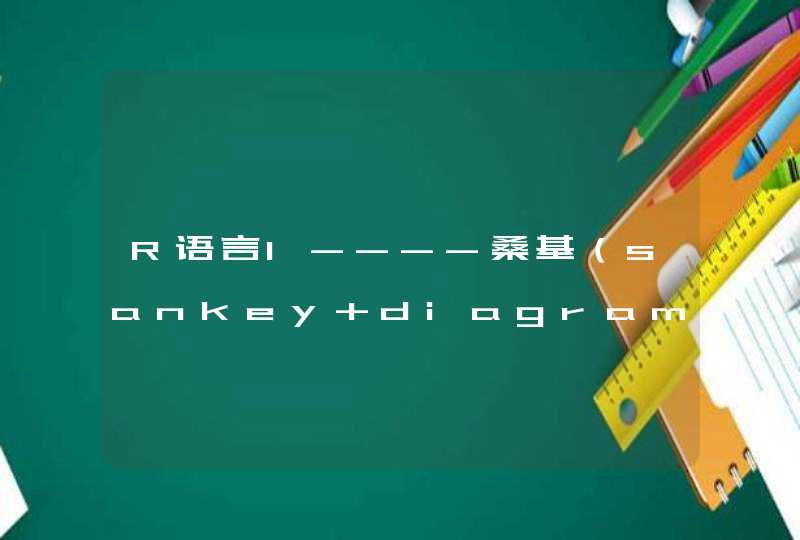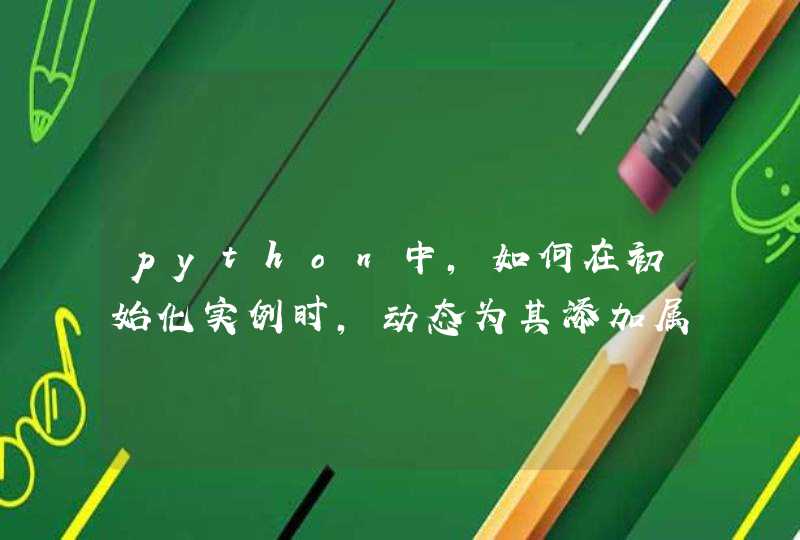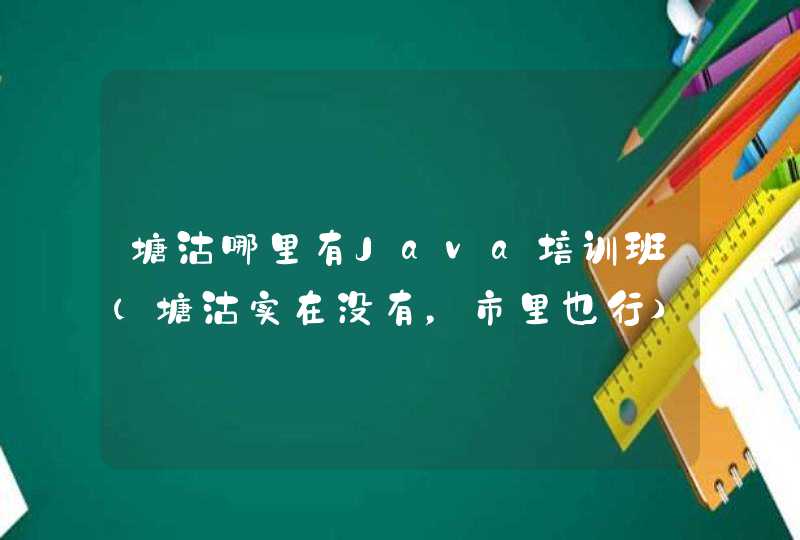
下面列出: 1.测试正则表示式是否匹配字串的全部或部分regex=ur"" #正则表示式
if re.search(regex, subject): do_something()else: do_anotherthing() 2.测试正则表示式是否匹配整个字串 regex=ur"/Z" #正则表示式末尾以/Z结束
if re.match(regex, subject): do_something()else: do_anotherthing() 3.建立一个匹配物件,然后通过该物件获得匹配细节(Create an object with details about how the regex matches (part of) a string) regex=ur"" #正则表示式
match = re.search(regex, subject)if match: # match start: match.start() # match end (exclusive): atch.end() # matched text: match.group() do_something()else: do_anotherthing() 4.获取正则表示式所匹配的子串(Get the part of a string matched by the regex) regex=ur"" #正则表示式
match = re.search(regex, subject)if match: result = match.group()else: result ="" 5. 获取捕获组所匹配的子串(Get the part of a string matched by a capturing group) regex=ur"" #正则表示式
match = re.search(regex, subject)if match: result = match.group(1)else: result ="" 6. 获取有名组所匹配的子串(Get the part of a string matched by a named group) regex=ur"" #正则表示式
match = re.search(regex, subject)if match:result = match.group"groupname")else:result = "" 7. 将字串中所有匹配的子串放入阵列中(Get an array of all regex matches in a string) result = re.findall(regex, subject) 8.遍历所有匹配的子串(Iterate over all matches in a string) for match in re.finditer(r"<(.*?)/s*.*?1>", subject) # match start: match.start() # match end (exclusive): atch.end() # matched text: match.group() 9.通过正则表示式字串建立一个正则表示式物件(Create an object to use the same regex for many operations) reobj = re.pile(regex) 10.用法1的正则表示式物件版本(use regex object for if/else branch whether (part of) a string can be matched) reobj = re.pile(regex)if reobj.search(subject): do_something()else: do_anotherthing() 11.用法2的正则表示式物件版本(use regex object for if/else branch whether a string can be matched entirely) reobj = re.pile(r"/Z") #正则表示式末尾以/Z 结束
if reobj.match(subject): do_something()else: do_anotherthing() 12.建立一个正则表示式物件,然后通过该物件获得匹配细节(Create an object with details about how the regex object matches (part of) a string) reobj = re.pile(regex) match = reobj.search(subject)if match: # match start: match.start() # match end (exclusive): atch.end() # matched text: match.group() do_something()else: do_anotherthing() 13.用正则表示式物件获取匹配子串(Use regex object to get the part of a string matched by the regex) reobj = re.pile(regex) match = reobj.search(subject)if match: result = match.group()else: result ="" 14.用正则表示式物件获取捕获组所匹配的子串(Use regex object to get the part of a string matched by a capturing group) reobj = re.pile(regex) match = reobj.search(subject)if match: result = match.group(1)else: result ="" 15.用正则表示式物件获取有名组所匹配的子串(Use regex object to get the part of a string matched by a named group) reobj = re.pile(regex) match = reobj.search(subject)if match: result = match.group("groupname")else: result ="" 16.用正则表示式物件获取所有匹配子串并放入阵列(Use regex object to get an array of all regex matches in a string) reobj = re.pile(regex) result = reobj.findall(subject) 17.通过正则表示式物件遍历所有匹配子串(Use regex object to iterate over all matches in a string) reobj = re.pile(regex)for match in reobj.finditer(subject): # match start: match.start() # match end (exclusive): match.end() # matched text: match.group()字串替换 1.替换所有匹配的子串 #用newstring替换subject中所有与正则表示式regex匹配的子串
result = re.sub(regex, newstring, subject) 2.替换所有匹配的子串(使用正则表示式物件) reobj = re.pile(regex) result = reobj.sub(newstring, subject) 字串拆分 1.字串拆分 result = re.split(regex, subject) 2.字串拆分(使用正则表示式物件) reobj = re.pile(regex) result = reobj.split(subject)
两种:
1.
m = re.match(r'匹配条件', '待匹配内容')
2.
pattern = re.pile(r'匹配条件')m = pattern.match('待匹配内容')
正则表示式 简单的匹配(=([0-9.]+[,]*)+)
正则表示式的具体用法
这个吧最好找本书看看,一两句话也说不明白,做验证啊什么的用它就行
正则表示式 匹配问好星号在什么语言中用的?
一般都是前面加个“\”反斜杠即 \?
在java中用字串\是特殊字元所以String reg="\\?"这样可以匹配一个 “?”问号.
java 正则表示式 abcded 匹配b出来public class FillUtil {
public static void main(String[] args){
String item = "a:b: c:d:e"
Pattern pattern = Pattern.pile("\\w:\\w?")
Matcher matcher = pattern.matcher(item)
while(matcher.find()){
String find = matcher.group()
String[] finds = find.split(":")
for(String each:finds){
System.out.println(each)
}
System.out.println("_")
}
}
}
以下正则表示式有匹配吗?应该没有吧,把\s\S都排出了,那不就没东西了吗?
注意,[]中的^表示反义。
能匹配以下正则表示式的内容?什么都不能匹配。
用python正则表示式匹配java方法定义怎么写1
2
3
4
5
6
7
8
9
10
>>>str_ = 'a100b30\t:aa./aaaa.\n' # 'str'是内建方法,不宜做变数名
>>>import re
>>>re_str = '.*\t(.*)\n'
>>>re_pat = re.pile(re_str)
>>>search_ret = re_pat.search(str_)
>>>if search_ret:
search_ret.groups()
python正则表达式如下:
在python中,所谓的“正则表达式”指的是通常被用来检索、替换那些符合某个模式的一段文本。具体而言,它的作用是检测某个字符串是否符合规则和提取网页字符串中想要的数据。
正则表达式是对字符串提取的一套规则,我们把这个规则用正则里面的特定语法表达出来,去匹配满足这个规则的字符串。正则表达式具有通用型,不仅python里面可以用,其他的语言也一样适用。
python的编程特点:
速度快:Python的底层是用C语言写的,很多标准库和第三方库也都是用C写的,运行速度非常快。
免费、开源:Python是FLOSS(自由/开放源码软件)之一。使用者可以自由地发布这个软件的拷贝、阅读它的源代码、对它做改动、把它的一部分用于新的自由软件中。FLOSS是基于一个团体分享知识的概念。
高层语言:用Python语言编写程序的时候无需考虑诸如如何管理你的程序使用的内存一类的底层细节。
解释性:一个用编译性语言比如C或C++写的程序可以从源文件(即C或C++语言)转换到一个你的计算机使用的语言(二进制代码,即0和1)。这个过程通过编译器和不同的标记、选项完成。
字符串的匹配查询
Python中的re模块中的findall函数可以对指定的字符串进行遍历匹配,如下:
findall(pattern, string, flags=0)
pattern:指定需要匹配的正则表达式。
string:指定待处理的字符串。
flags:指定匹配模式,常用的值可以是re.I、re.M、re.S和re.X。re.I的模式是让正则表达式对大小写不敏感re.M的模式是让正则表达式可以多行匹配re.S的模式指明正则符号.可以匹配任意字符,包括换行符 re.X模式允许正则表达式可以写得更加详细,如多行表示、忽略空白字符、加入注释等。
字符串的匹配替换
re模块中的sub函数的功能是替换,类似于字符串的replace方法,该函数根据正则表达式把满足匹配的内容替换为repl,如下:
sub(pattern, repl, string, count=0, flags=0)
pattern:同findall函数中的pattern。
repl:指定替换成的新值。
string:同findall函数中的string。
count:用于指定最多替换的次数,默认为全部替换。
flags:同findall函数。
字符串的匹配分割
re模块中的split函数是将字符串按照指定的正则表达式分隔开,类似于字符串的split,如下:
split(pattern, string, maxsplit=0, flags=0)
pattern:同findall函数中的pattern。
maxsplit:用于指定最大分割次数,默认为全部分割。
string:同findall函数中的string。
flags:同findall函数中的flags。
以上就是本次分享的全部内容了,不知大家对我讲述的Python正则表达式妙用感觉怎么样?
脑筋急转弯:有人想喝点牛奶解渴,却一命呜呼了,为什么?





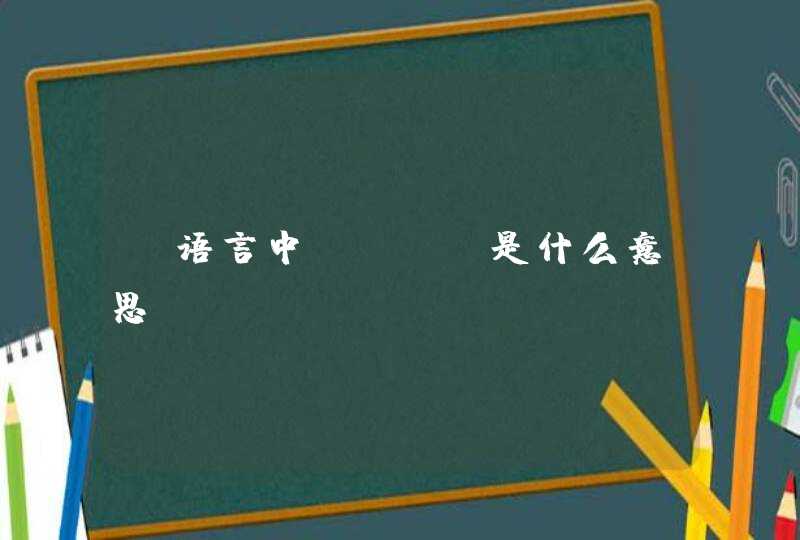







![R语言 > pairs(iris[,1:4]) > pairs(iris[1:4]) 这俩语句画的图一样,,那个逗号是干嘛的??](/aiimages/R%E8%AF%AD%E8%A8%80+%26amp%3Bgt%3B+pairs%28iris%5B%2C1%3A4%5D%29+%26amp%3Bgt%3B+pairs%28iris%5B1%3A4%5D%29+%E8%BF%99%E4%BF%A9%E8%AF%AD%E5%8F%A5%E7%94%BB%E7%9A%84%E5%9B%BE%E4%B8%80%E6%A0%B7%EF%BC%8C%EF%BC%8C%E9%82%A3%E4%B8%AA%E9%80%97%E5%8F%B7%E6%98%AF%E5%B9%B2%E5%98%9B%E7%9A%84%EF%BC%9F%EF%BC%9F.png)




